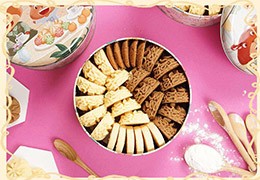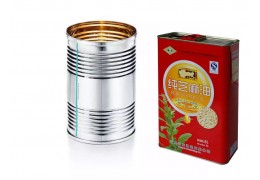As a leading Custom...
Catégories de blogs
- Actualités sur les boîtes en fer blanc (377)
- Coffret cadeau de vacances (47) click
- 832 / 5,000 Où acheter une boîte en fer blanc personnalisée ? (219)
- Processus de fabrication de boîtes en fer blanc (254)
- Nouvelles de l'usine de boîtes en fer blanc (108)
- Nouvelles de l'industrie de l'emballage (332)





















Derniers commentaires